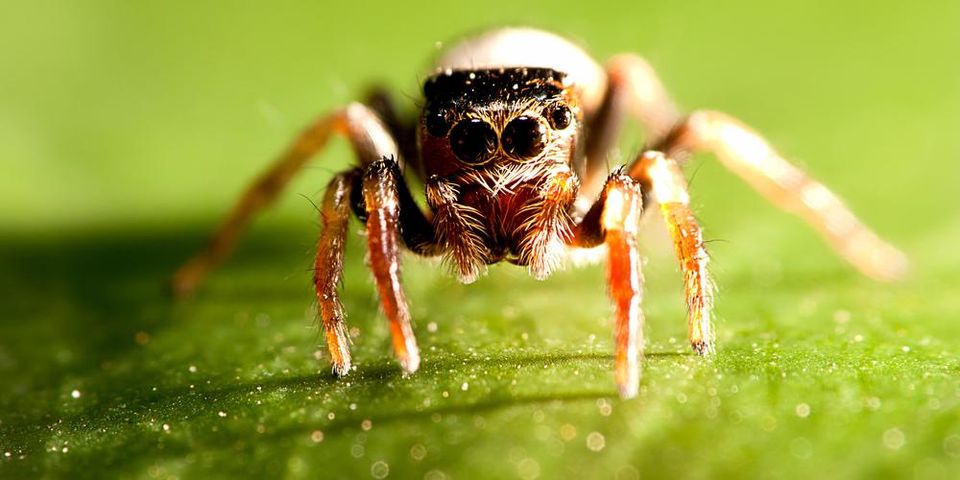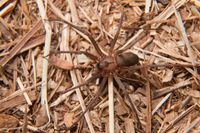
Unless you’re an arachnophile, spiders can be rather spooky. As the temperature drops, you may notice an onslaught of these eight-legged creatures roaming around the house. The experts at Collins Exterminating in Bolivar, MO, say fall is their busiest season for spider control. Here, they answer a few common questions about the critters.
4 Spider FAQs
1. Why Do More Spiders Appear at this Time of Year?
There’s a widespread myth that spiders come indoors during fall and winter to escape the cold. In fact, most house spiders aren’t the same species as those who live outdoors. House spiders belong to a small number of species adapted to indoor conditions, where there is little food and water and a constant climate. The real reason you’ll see more of them inside during late summer and early fall is that it’s mating season. The spiders you see are mature males searching for mates. Females stay hidden, for the most part — usually in secluded areas like crawl spaces and cracks in the wall or floor.
2. What Are the Most Common Indoor Species?
Some of the most common indoor species include the cellar spider, also known as “Daddy Long-legs”; cobweb spider; brown recluse; black widow; hobo; sac spider; jumping spider; crab spider; and wolf spider. Different species are more prevalent in certain regions. Most of them have been transported to North America from Europe via commerce and trade.
3. Which Ones Are Dangerous?
 In Missouri, the brown recluse and black widow are the only common house spiders dangerous to humans. The brown recluse is usually light brown, although some are darker. They average about ⅝ inches long, just slightly smaller than a black widow. Their distinguishing characteristics are their six eyes, arranged in three rows, and a dark violin-shaped marking near the head. The black widow can be up to ¾ inches long. Its most distinct characteristic is a red hourglass marking on its back. However, it’s important to note not all black widows have a perfect hourglass marking; some may be disconnected or misshapen. Also, some are dark brown, rather than black. The wolf spider may also bite if provoked, but it is not venomous.
In Missouri, the brown recluse and black widow are the only common house spiders dangerous to humans. The brown recluse is usually light brown, although some are darker. They average about ⅝ inches long, just slightly smaller than a black widow. Their distinguishing characteristics are their six eyes, arranged in three rows, and a dark violin-shaped marking near the head. The black widow can be up to ¾ inches long. Its most distinct characteristic is a red hourglass marking on its back. However, it’s important to note not all black widows have a perfect hourglass marking; some may be disconnected or misshapen. Also, some are dark brown, rather than black. The wolf spider may also bite if provoked, but it is not venomous.
4. What Do They Eat?
Most spiders eat insects like flies and mosquitoes. One way to keep them at bay is to keep the house clean. If there are no crumbs, overripe fruit, or pet food lying around, household insects won’t have anything to eat, and neither will the spiders. If there’s no food to be had outside of their usual hiding spot, most are content to stay near their web and wait for food to come to them. Remember, most species are actually helpful in controlling bothersome household insects.
If you’re living with one too many eight-legged guests, contact Collins Exterminating. Over the past 57 years, they’ve earned a gold-star reputation as one of the area’s best pest control companies. Call (417) 326-2124 or visit the website today.
About the Business
Have a question? Ask the experts!
Send your question

